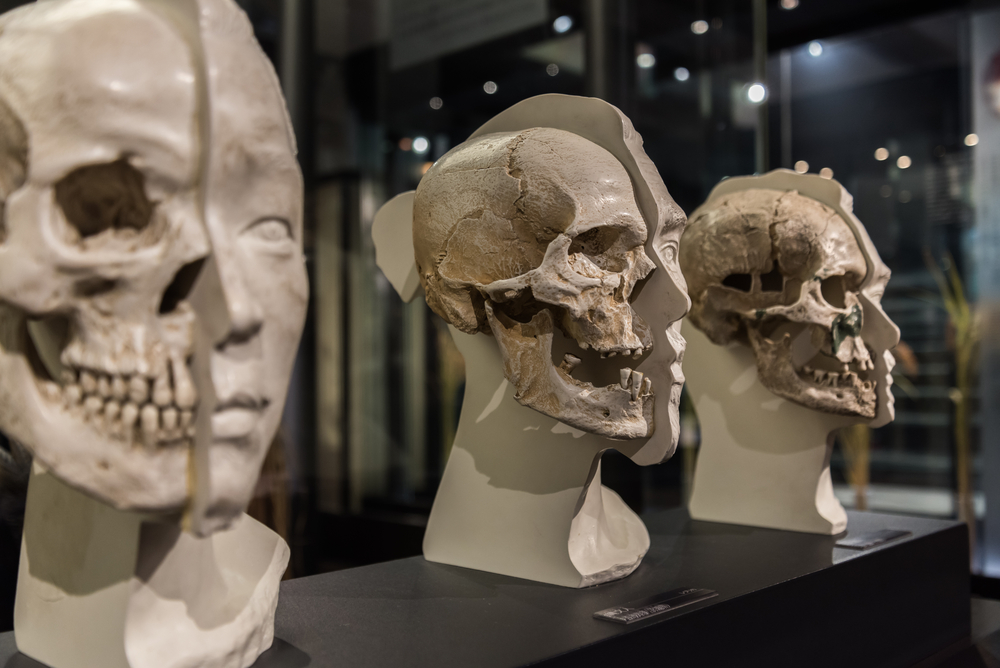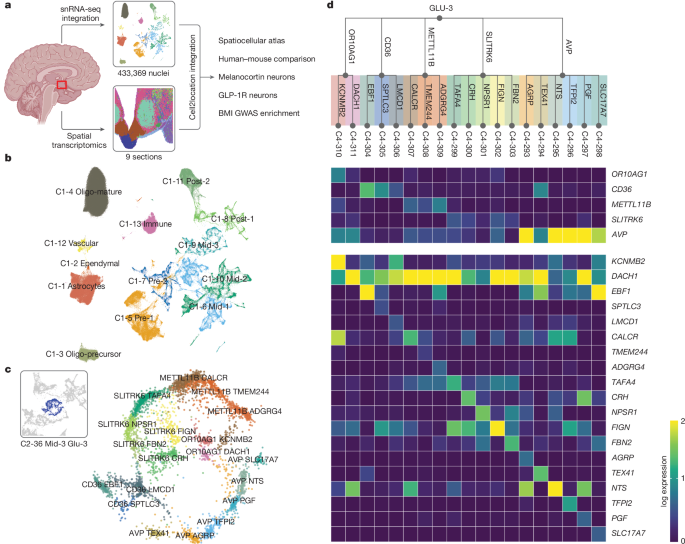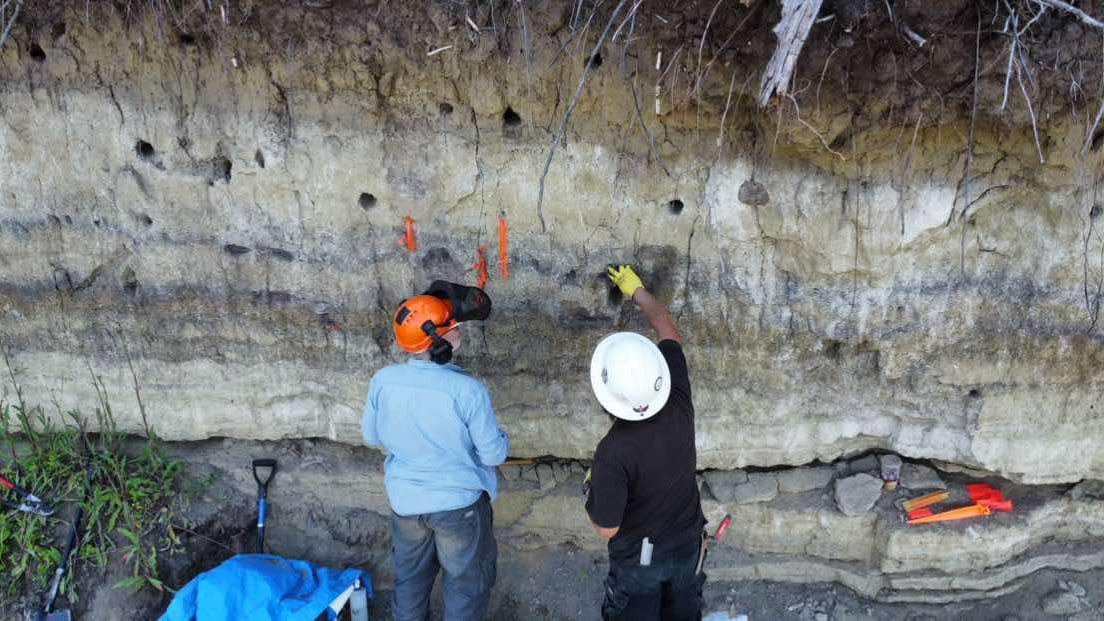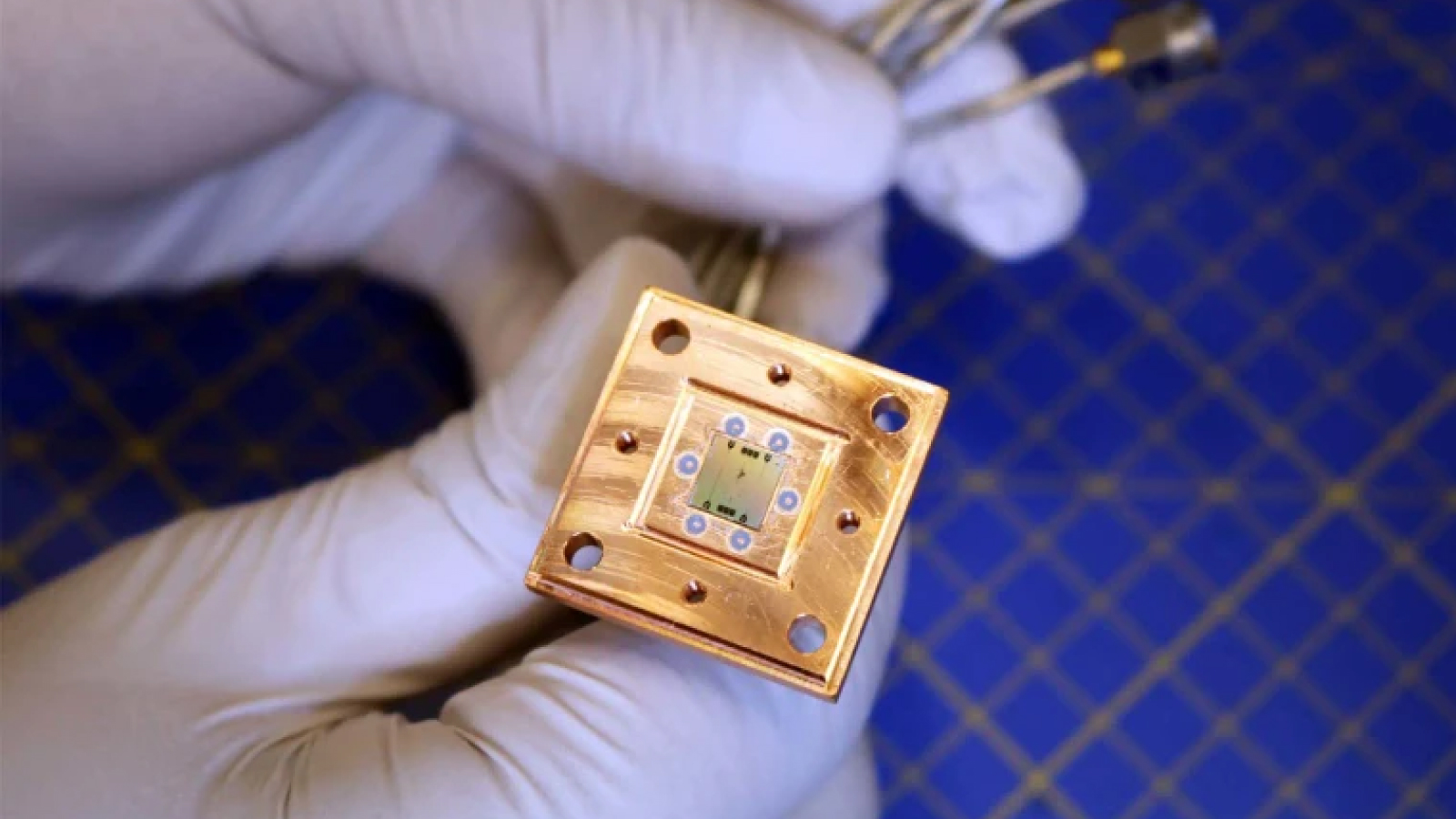www.discovermagazine.com
The story of Homo sapiens is written largely in artifacts. Countless tools, potsherds, and other relics line museum shelves, illuminating the world of our ancestors. But most of the time, this historical picture, though richly strewn with inanimate objects, lacks what would most bring it to life the people themselves.To fill that void, Swedish archaeologist Oscar Nilsson has spent 30 years reconstructing the faces of the dead. With an artist's touch and 150 years of anatomical data at his disposal, he can transform any skull into a strikingly realistic visage. His sculptures some 80 of them adorn museums around the globe offer an electrifying link to the distant past.When you see a human face, you get an emotional response, Nilsson says. It makes us understand history in a much more personal way. Heres how he and other practitioners of facial reconstruction make these awe-inspiring creations.Building a FaceTo start, Nilsson gathers all the information he can about his subject. Besides CT scans of the skull, which serve as a foundation, he needs to know four things: the persons gender, ethnicity, age, and weight. With that information, he can estimate the depth of tissue in various regions of the face by simply looking it up in a table of averages. (Since 1883, scientists have taken roughly 220,000 tissue thickness measurements from nearly 20,000 adults.)Those averages give him a blueprint. From there, Nilsson attaches small pegs to a 3D-printed replica of the skull, each one cut to a precise length. Then we have a face looking like something from a horror movie from the 80s, he jokes. Once he covers the pegs with clay, he can rest assured that he has established the correct facial depth at every point on the skull (and made it a little less monstrous).During this phase, Nilsson says, I spend several hours just observing the skull and writing down notes. That careful survey reveals where exactly all the muscles attach since it differs greatly from person to person.Next come the major facial features. The mouth and nose present little trouble; both can be reconstructed with surprising mathematical precision based on assessment of the bone. The eyes are trickier, though its possible to judge how deep-set they are and even the shape of the eyelids. The most speculative features, as Nilsson put it, are the intricately structured ears. He does his best, then adds a final coat of clay to mimic skin.Where Science Meets ArtAt this point, Nilsson must switch to a more creative frame of mind. He imagines himself traversing a narrow mountain ridge. The path drops away steeply, on one side into scientific sterility and on the other into artistic caprice. You have to find the balance, he says. I never get bored with that.He labors over smaller and smaller details, carving wrinkles and inserting thousands of individual (not to mention real) human hairs. Theres no blueprint anymore hes now dealing with aspects of appearance that you cant predict from a skull itself.That said, DNA analysis is bringing more certainty to reconstruction. When Nilsson started in the mid-1990s, eye color was off-limits; then geneticists figured out how to tell blue from brown; now they can say blue, brown, or in-between. Someday, Nilsson believes, hell be able to distinguish other hues, like hazel and light blue. The same goes for skin tone, as well as hair color and texture.Forensic ReconstructionFor now, though, the work still requires a degree of modesty. Thats especially true in forensic facial reconstruction, where the goal is to help friends and family recognize their dead loved ones based only on skeletal remains.In these cases, says Kathryn Smith, a forensic artist at Stellenbosch University in South Africa, you should absolutely not include any information [] that cannot be scientifically justified or supported by contextual evidence. Even slight errors could hinder identification. For that reason, these depictions are typically grayscale.Coincidentally, Smith uses an all-digital workflow for reconstructions rather than build them manually like Nilsson, she designs them on a computer, using a haptic touch device that allows her to feel the contours of the skull just as she would with her own hands. This adds another dimension since the face can be easily altered and even animated. I prefer the potential mutability of the digital depiction, she says, rather than a fixed object, frozen in time.It Has to RhymeIn historical reconstructions, theres arguably more wiggle room than in forensics. But even then, Nilsson says, Its not supposed to be me having a vision that I place upon the skull. Though some creative license is necessary, I try to be as subtle as I can. This rule applies not only to facial features themselves but also to their expression. He strives for neutral emotion not too happy, not too sad, not too anything.His favorite project was a reconstruction of a queen from the Wari culture, which preceded the Inca in ancient Peru. Considering she was buried alongside 60 other women (likely sacrificed), she was evidently a mighty ruler, and he might have given her a cold, commanding sneer.Instead, her countenance is ambiguous stern, perhaps capable of cruelty, but not without a hint of kindness, as viewers have told him.In short, Nilsson says, some tough judgment calls are inevitable. Every decision has to rhyme in a way with what we can tell, or what we can make educated guesses about. But at the end of the day, it is not a portrait, it is an interpretation of a face.Some help from AIOne technology that could elevate facial reconstruction to near-portrait status is you guessed it artificial intelligence. With enough data on the correlations between skulls and faces, Nilsson notes, a neural network could pick up patterns that are unobservable to even the keenest human eye, vastly improving predictions of facial structure.He doesnt love the idea of replacing the artist, who can explain how they reached their results, with a black-box system. Nevertheless, he says, in terms of sheer accuracy, that would be a bit of a revolution in this field.What isnt likely to change is our deep psychological drive to connect with other people, alive and dead, and our favorite way to do so: face-to-face interaction. I think this fascination for faces is something that we have inherited, Nilsson says. Its been with us forever, and it will continue. Its just the technique that is different.Article SourcesOur writers at Discovermagazine.com use peer-reviewed studies and high-quality sources for our articles, and our editors review for scientific accuracy and editorial standards. Review the sources used below for this article:Oscar Nilsson, Swedish archeologist, sculptor, and forensic artistKathryn Smith, a forensic artist at Stellenbosch University in South AfricaCody Cottier is a contributing writer at Discover who loves exploring big questions about the universe and our home planet, the nature of consciousness, the ethical implications of science and more. He holds a bachelor's degree in journalism and media production from Washington State University.




.jpg?1632159674)







